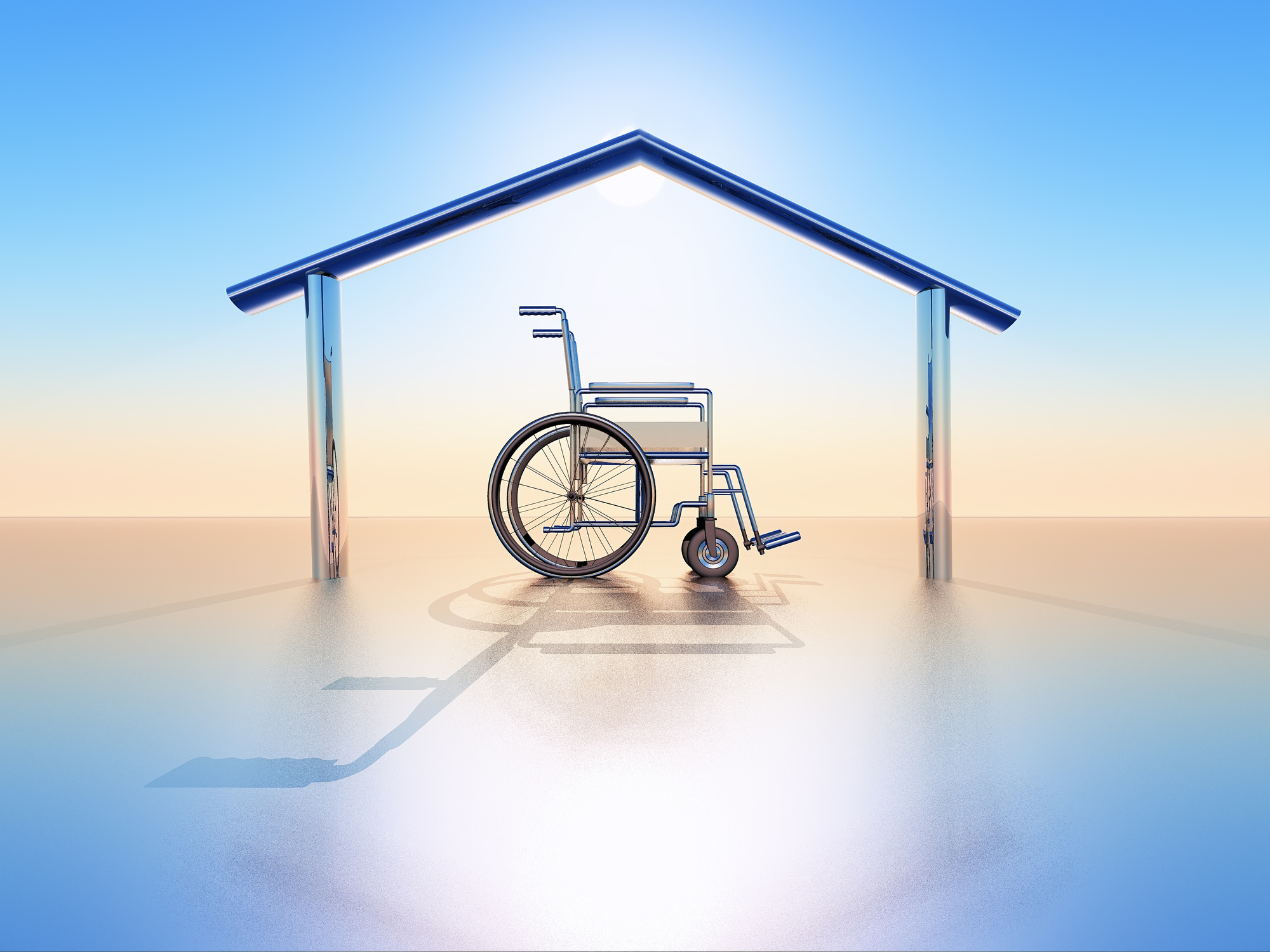Did you know that as many as 1 in 4 Americans have a disability that affects their daily life?
Even though plenty of people have impairments, universal design isn’t something that’s implemented far and wide. The good news is that it’s easy to make your home a safer and more welcoming place for everyone.
Do you want to know how you can design an accessible home? Keep reading to learn about 8 features you should consider.
1. A Stairlift
Stairs can be a huge obstacle for people with mobility issues. Installing a stairlift is one of the best things you can do to improve your home design. You can use resources like totalaccesssolutions.ca to start checking out your options.
2. A Step-In Tub or Shower
If you’re concerned about wheelchair accessibility, then you need to pay special attention to your bathroom. Showers and bathtubs are notorious for being difficult to get in and out of when someone has a disability. By upgrading to a step-in tub or shower, you can make it much safer to bathe.
3. Wheelchair Ramps
Having a handicap-accessible home often begins with installing wheelchair ramps wherever there’s an incline. Make sure to clear out extra space around your wheelchair ramps so people have room to navigate with ease.
4. Grab Bars
Grab bars are excellent and cheap home renovations that can make a big impact on the quality of someone’s life. If someone has a hard time lifting and lowering themselves, you should install grab bars anywhere this could happen. The toilet is one of the most common places to find grab bars.
5. Simpler Doorknobs
Plenty of people struggle with opening traditional doorknobs because of hand strength or dexterity issues. If you want to make your house more accessible, you should make the switch to simpler doorknobs, such as levers, bars, or even going so far as to install automatic doors.
6. A Toilet Riser
Squatting down onto a toilet can be strenuous for some people, which is why a toilet riser can be a great investment. Raising the toilet seat will make going to the bathroom a more comfortable experience.
7. Wider Doorways
The sad truth is that many wheelchairs can’t squeeze through doorways that are most often used in homes. Building wider entryways all throughout your home is the best way to ensure everyone can move around freely.
8. Side-by-Side Fridge and Freezer
When you’re designing your kitchen, you have to take time to consider where your appliances will go. In lots of kitchens, too many important appliances are out of reach for people with disabilities, which is why you should keep your layout low. Instead of using a traditional vertical fridge and freezer, you can opt for a side-by-side one.
Are You Ready to Start Designing an Accessible Home?
Now that you know about 8 of the most helpful features of an accessible home, you can start making renovation plans.
Do you want to know how you can make your house feel cozier? Don’t forget to check out the rest of our site to find more incredible home improvement tips and guides.

Leave a Reply